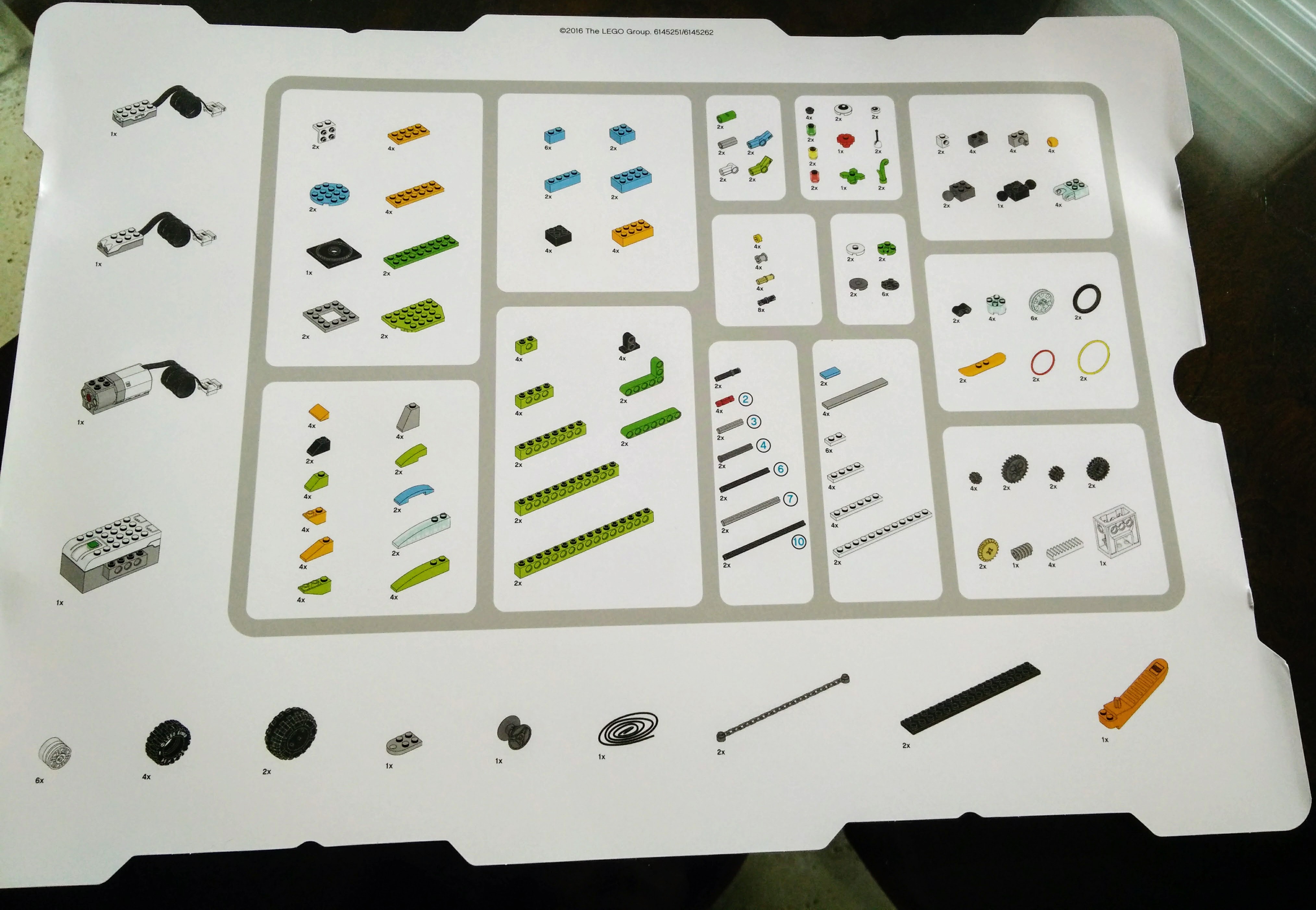

It goes further by adding support for LEGO WeDo Education 1.0 tilt and IR distance sensors. The SBrick Plus smart hub has similar physical measurements but under the hood there is an entirely different story.

SBrick versions side by side | Image credit: Vengit You can also create some basic sequences or use the mobile device accelerometer for controlling your creations. You can select buttons, sliders or joysticks and map these controls to available SBricks. The online Profile Designer tool lets you create custom control interfaces for your LEGO builds. It has a footprint of 4×4 standard bricks and a height of 7 standard bricks. A single device running the app can control up to 16 SBrick modules for a total of 64 control channels. A standard Power Functions battery box supplies power to the smart brick. Each SBrick controls up to 4 motors or LEDs.

Without their enthusiasm and passion for LEGO such products would not be possible.įor a little perspective let’s take a look at the original SBrick (which I will review very soon). It allows you to connect and control LEGO Power Functions motors and lights from any iOS, Android or Windows mobile device via Bluetooth. SBrick Plus, just like its predecessor, was created by Vengit, a startup founded by a team of systems engineers and cloud solutions developers with vast experience in their respective fields. It is an ideal candidate for STEM education, featuring extensive online resources and support. With SBrick Plus you can remotely control your Power Functions motors from your phone or tablet via Bluetooth, add interactivity with WeDo 1.0 sensors, and use Scratch, Swift or JavaScript for programming your LEGO creations using almost any OS or device. SBrick is slowly but steadily turning into a fully fledged development platform, complementing and enhancing existing LEGO building systems.


 0 kommentar(er)
0 kommentar(er)
